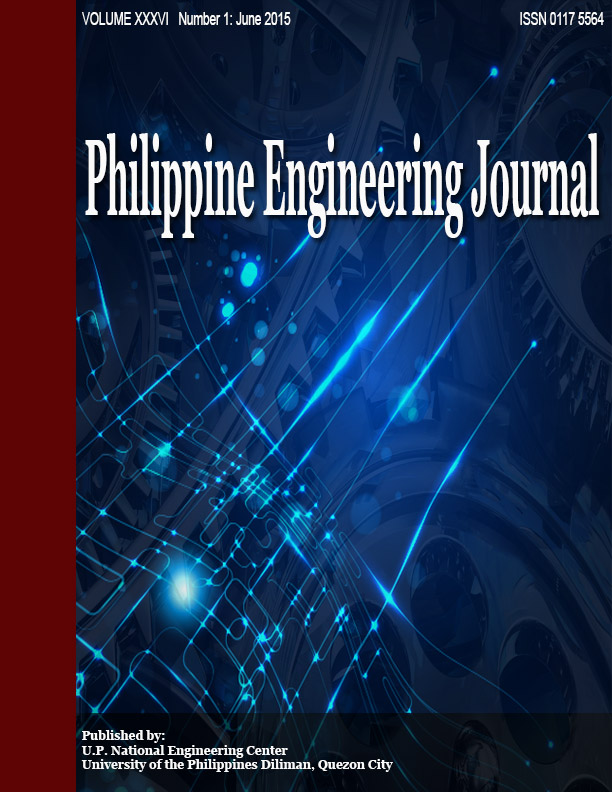FORENSIC EVALUATION OF TEMPERATURE HISTORY FOR FIRE-DAMAGED CONCRETE USING AN ORDINARY DIGITAL CAMERA: CASE STUDY OF THE BURNED PALMA HALL PAVILION II, UP DILIMAN
Abstract
Though generally-regarded for its resistance to fire, concrete’s physico-chemical characteristics are also affected when subjected to elevated temperatures. This may pose issues on the integrity of a concrete structure. Changes in the concrete properties are manifested in color changes brought about by chemical reactions that take place in elevated temperatures. The aim of this study is to develop a method for color image analysis using an ordinarydigital camera, to enable an easy, quick-to-execute and inexpensive method of evaluating the integrity of a concrete structure exposed to fire without compromising the quality of analysis. The method was tested on samples taken from the burned Palma Hall Pavilion II, UP Diliman. Images were taken and processed for their relative hue values and referenced against existing RHV-temperature curves. It was found that the highly damaged columns sustained up to approximately 550°C and that slightly damaged columns sustained up to possibly 337°C.
Key words: fire damage, concrete, thermal properties, forensic evaluation


